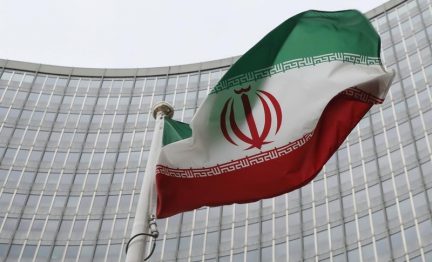Iran says U.S. to lift oil sanctions, Germany cautious on matter
Iran said the United States had agreed to remove all sanctions on Iran’s oil and shipping, although Germany cautioned that major issues remained at talks between Tehran and world powers to revive a 2015 nuclear deal































